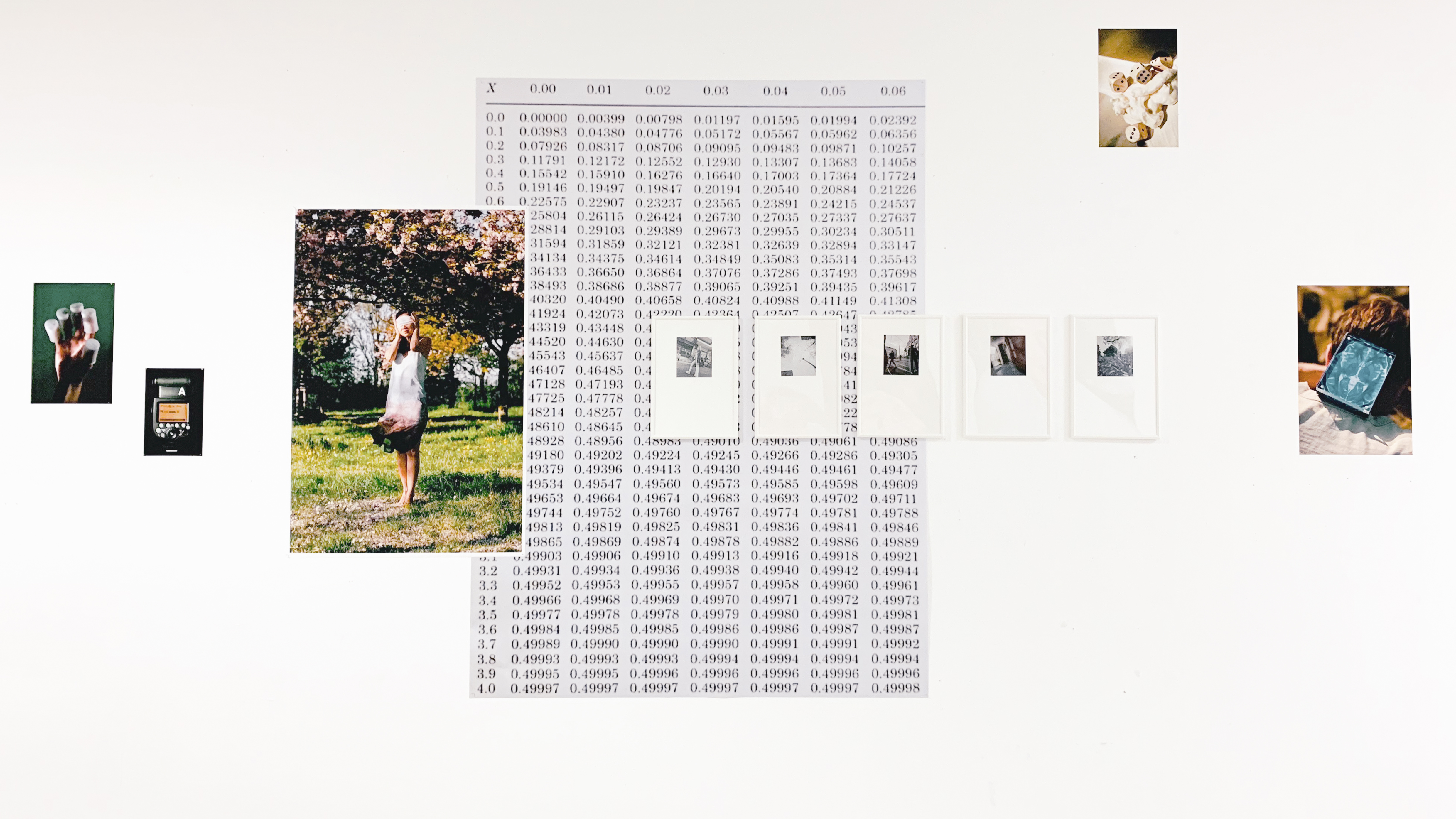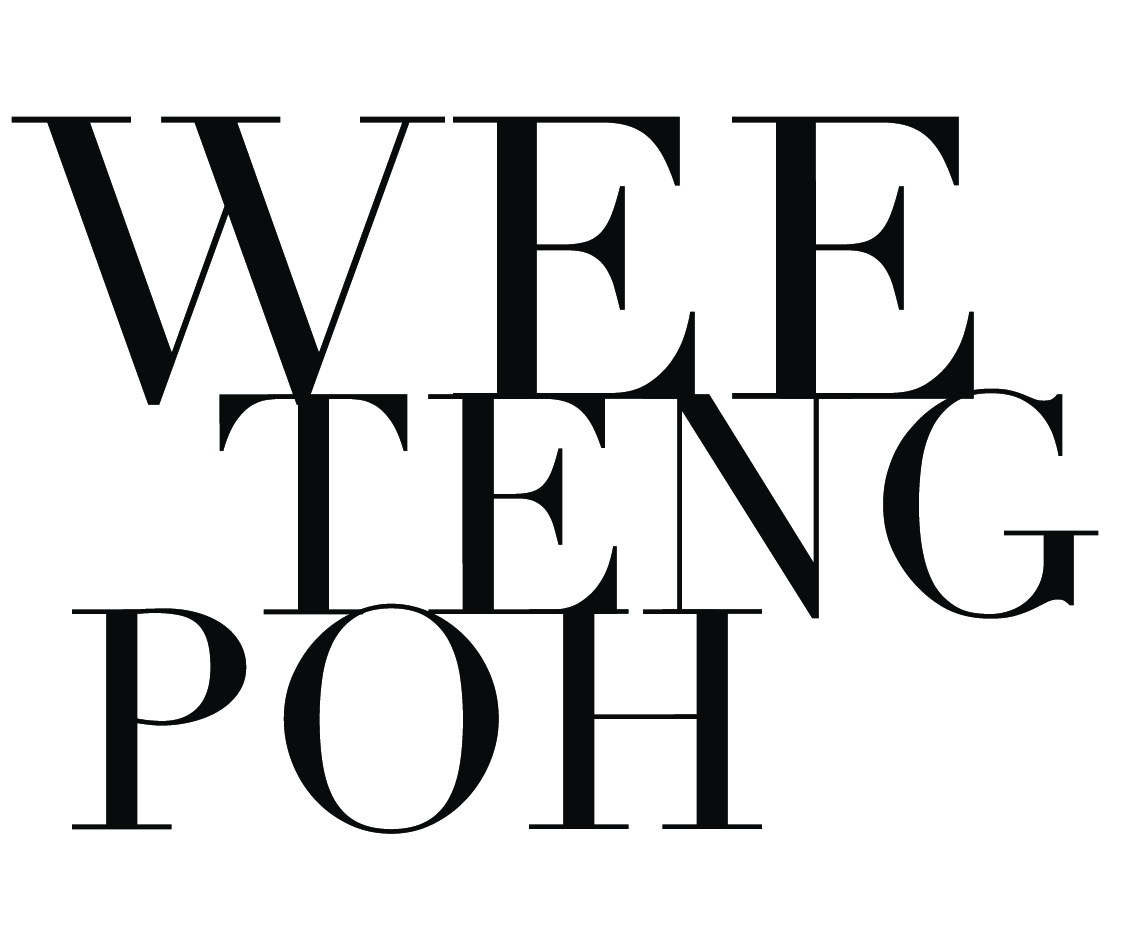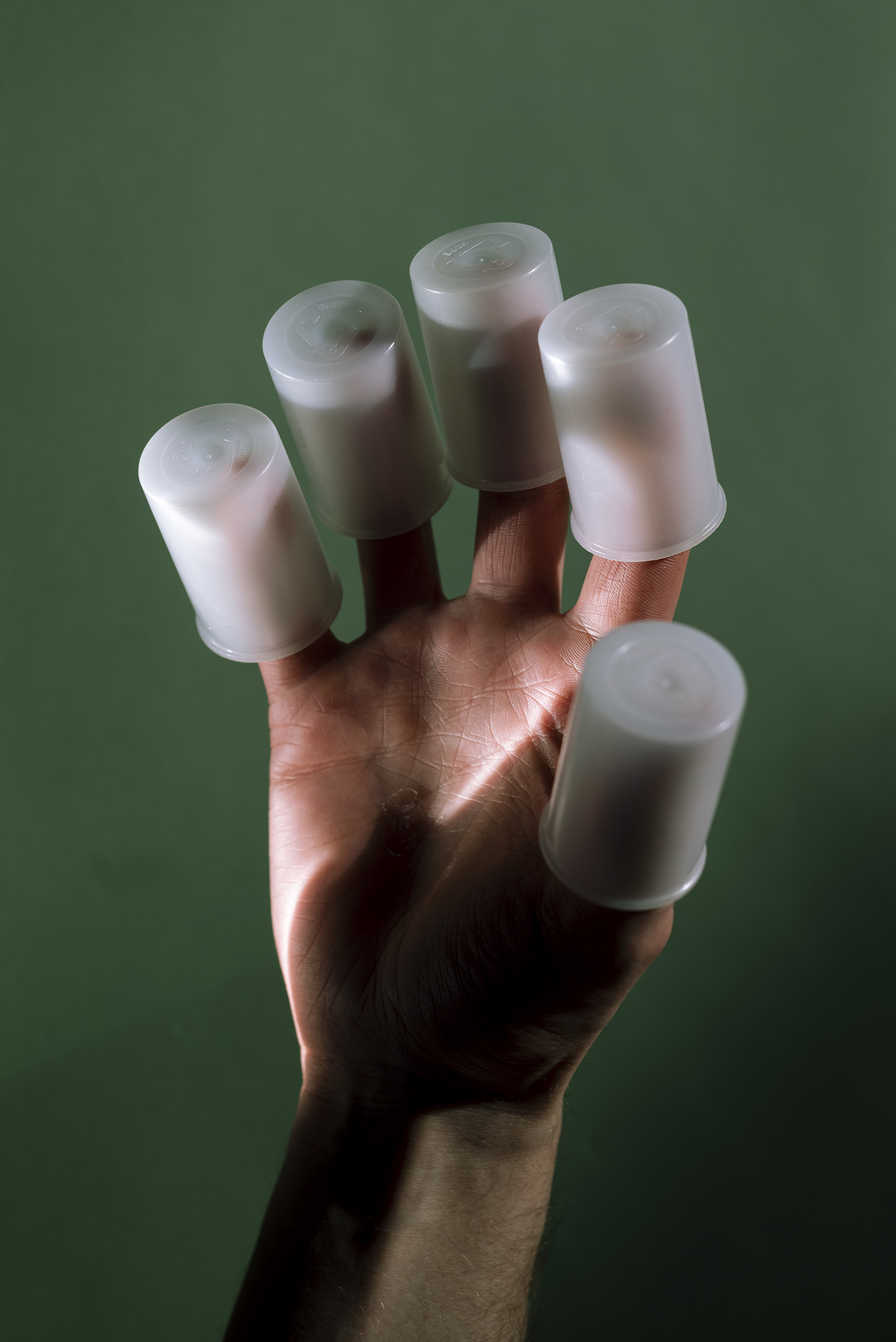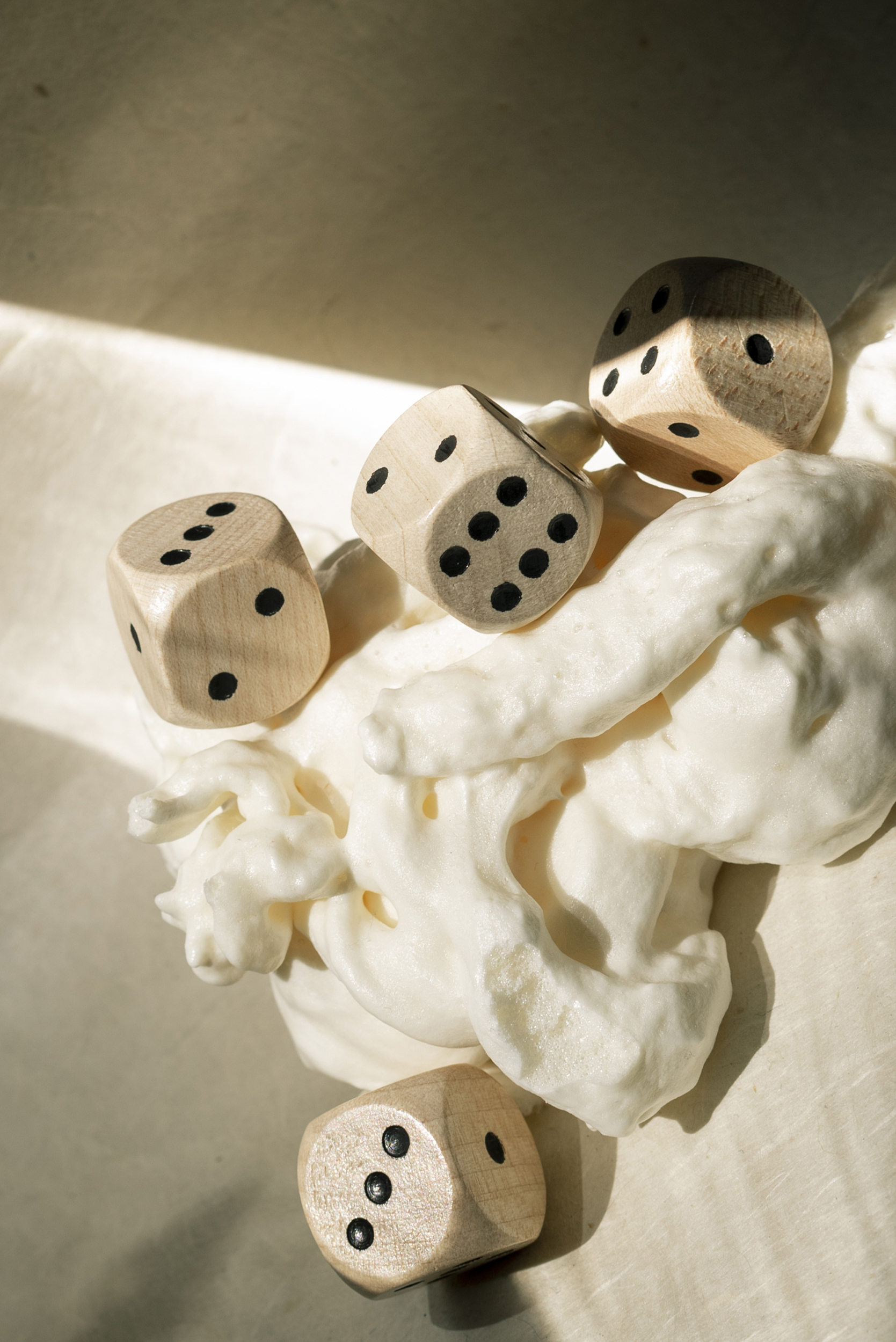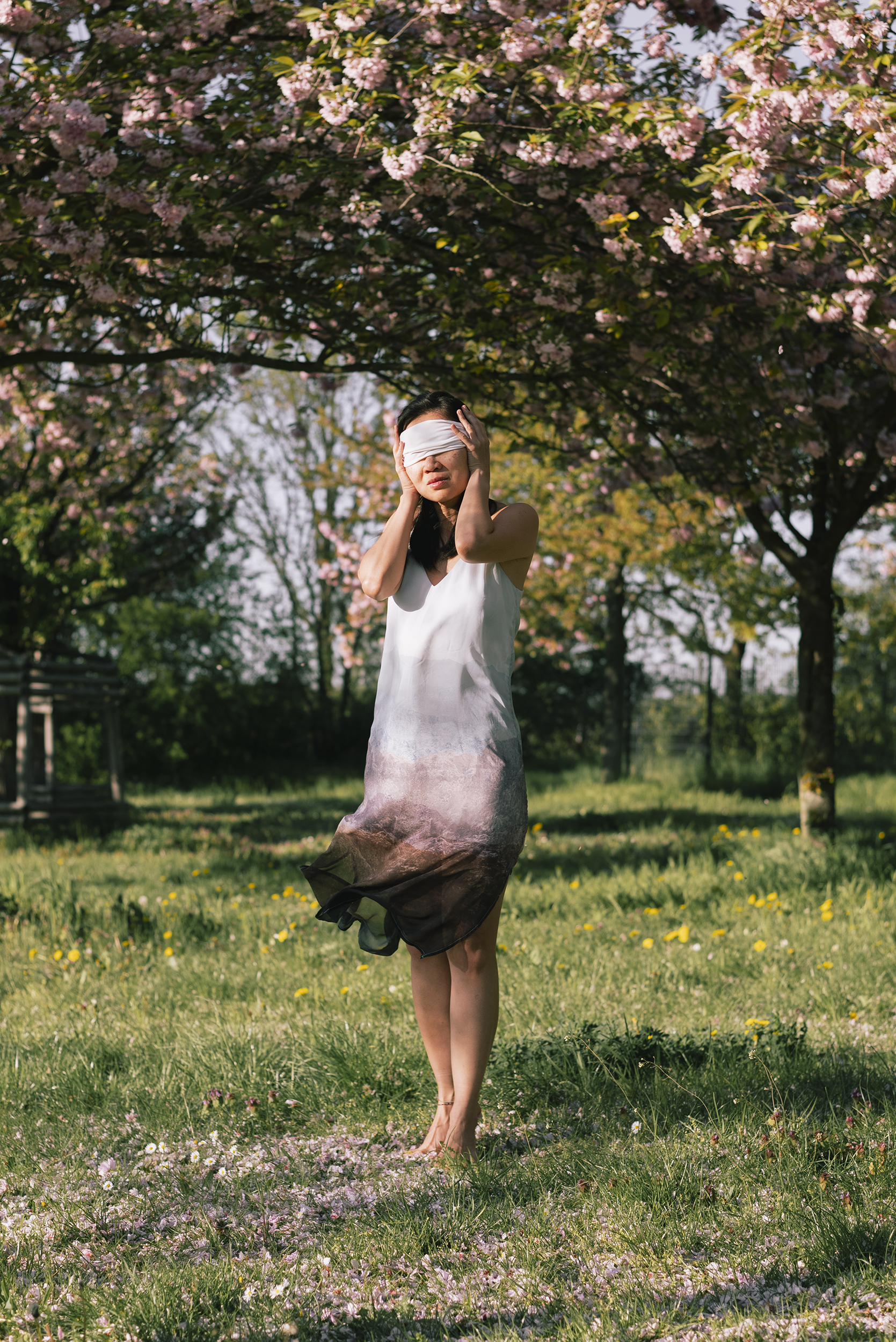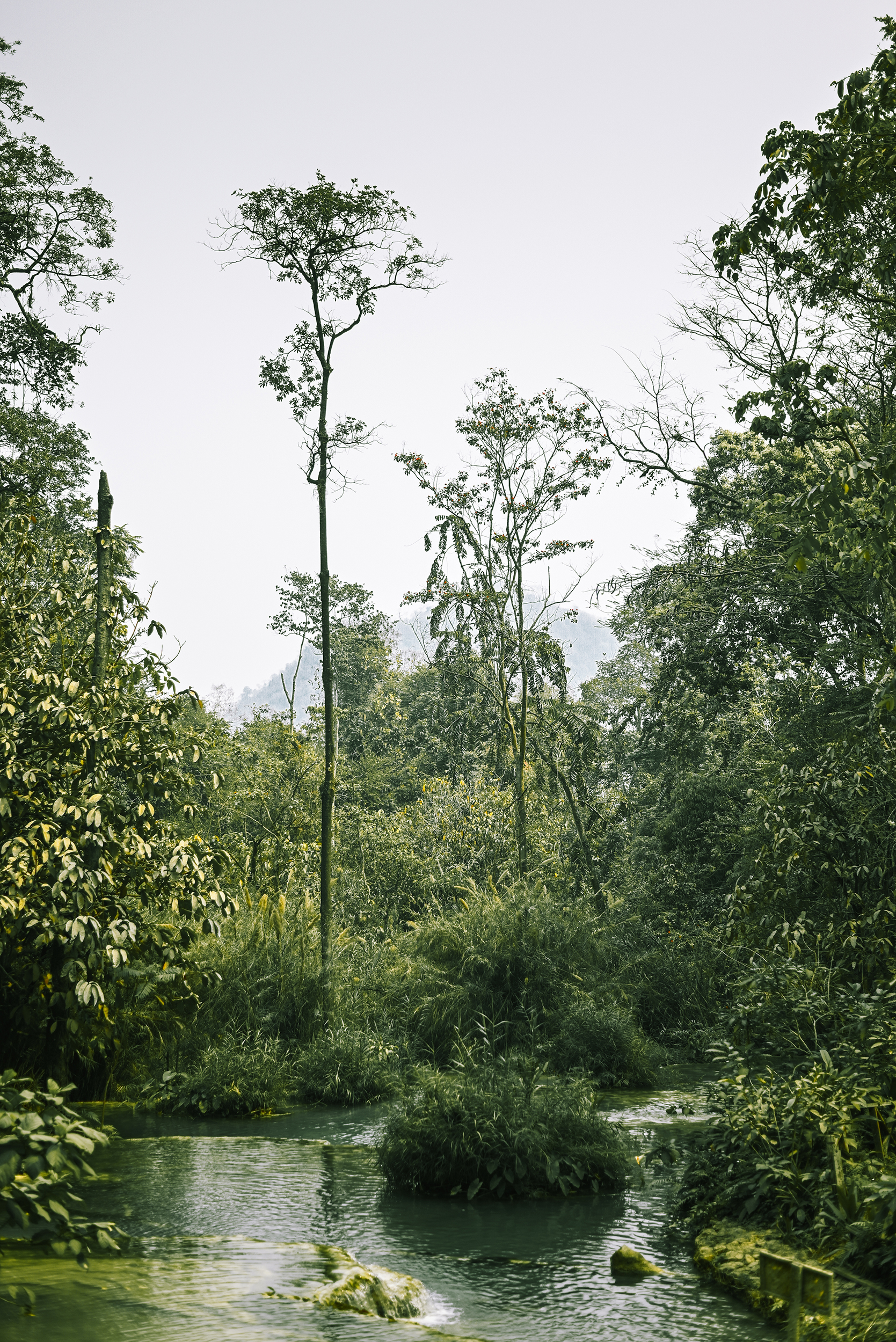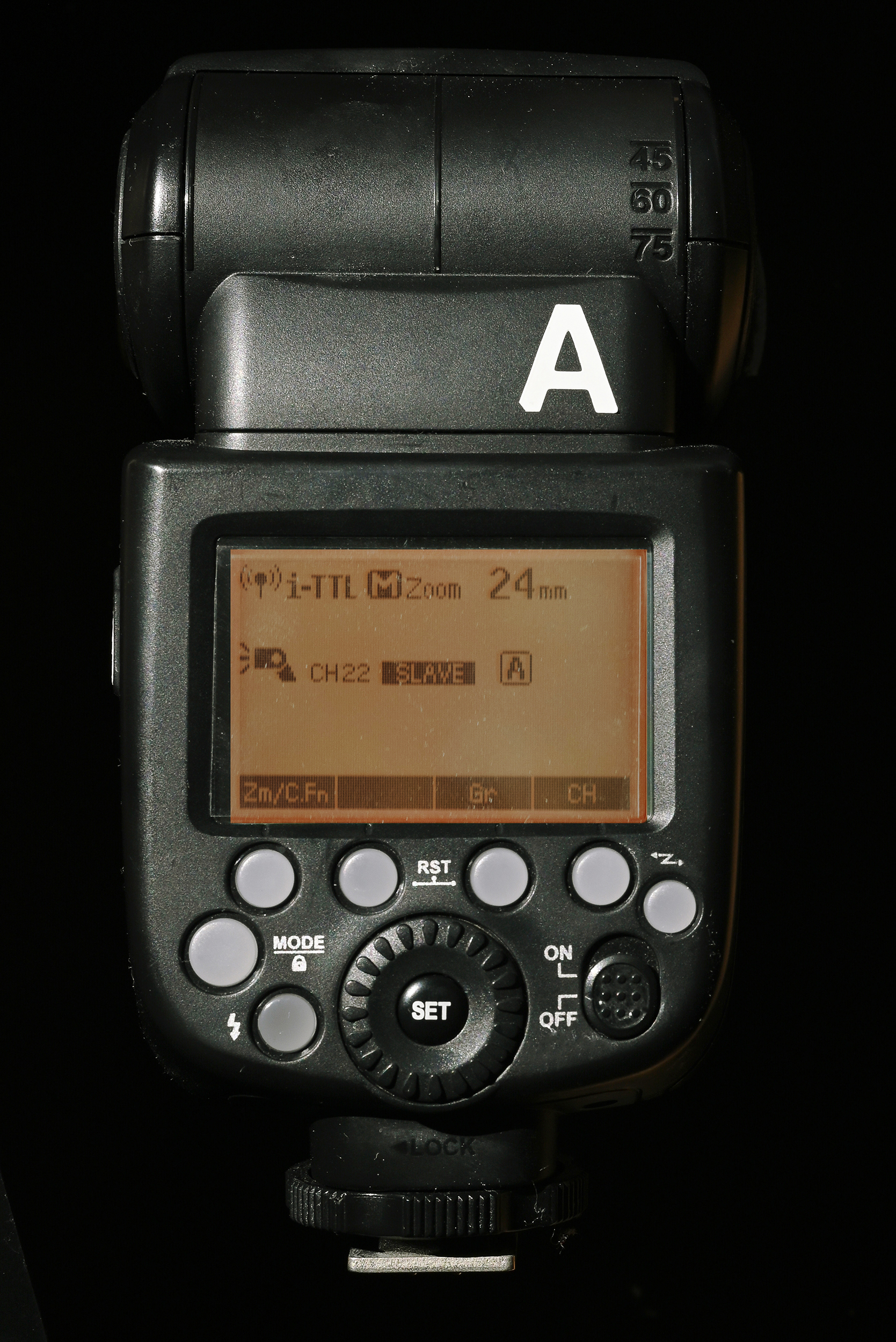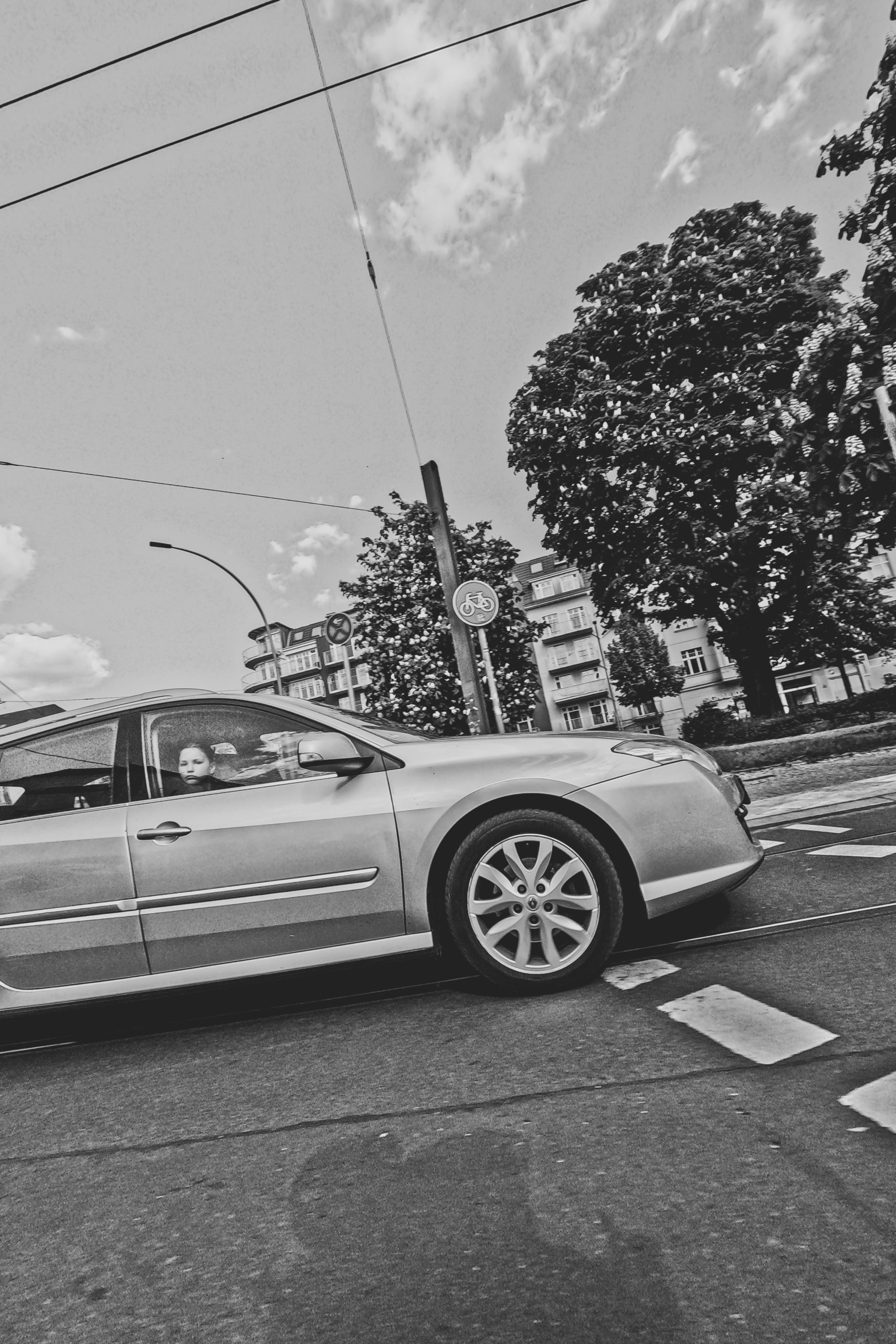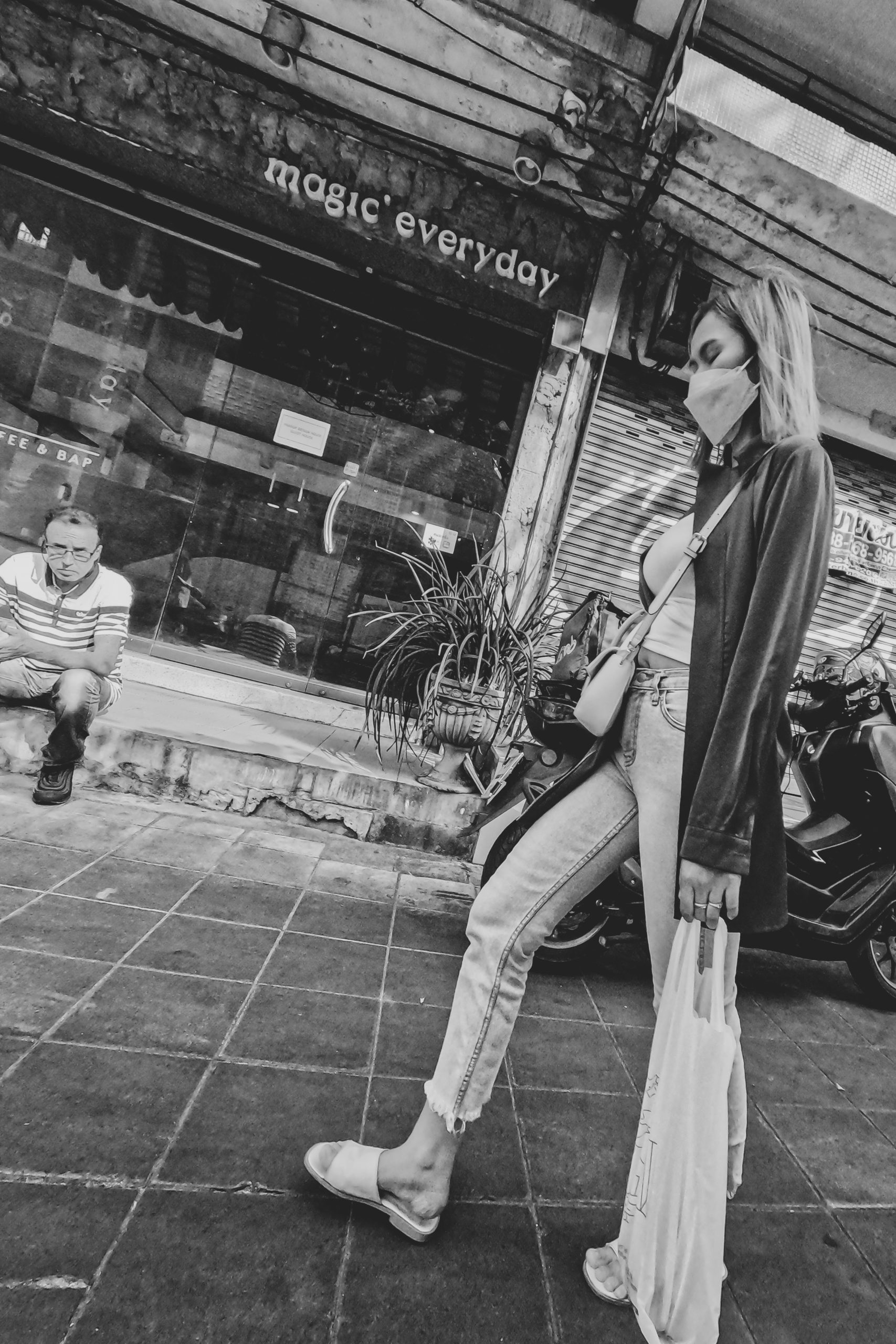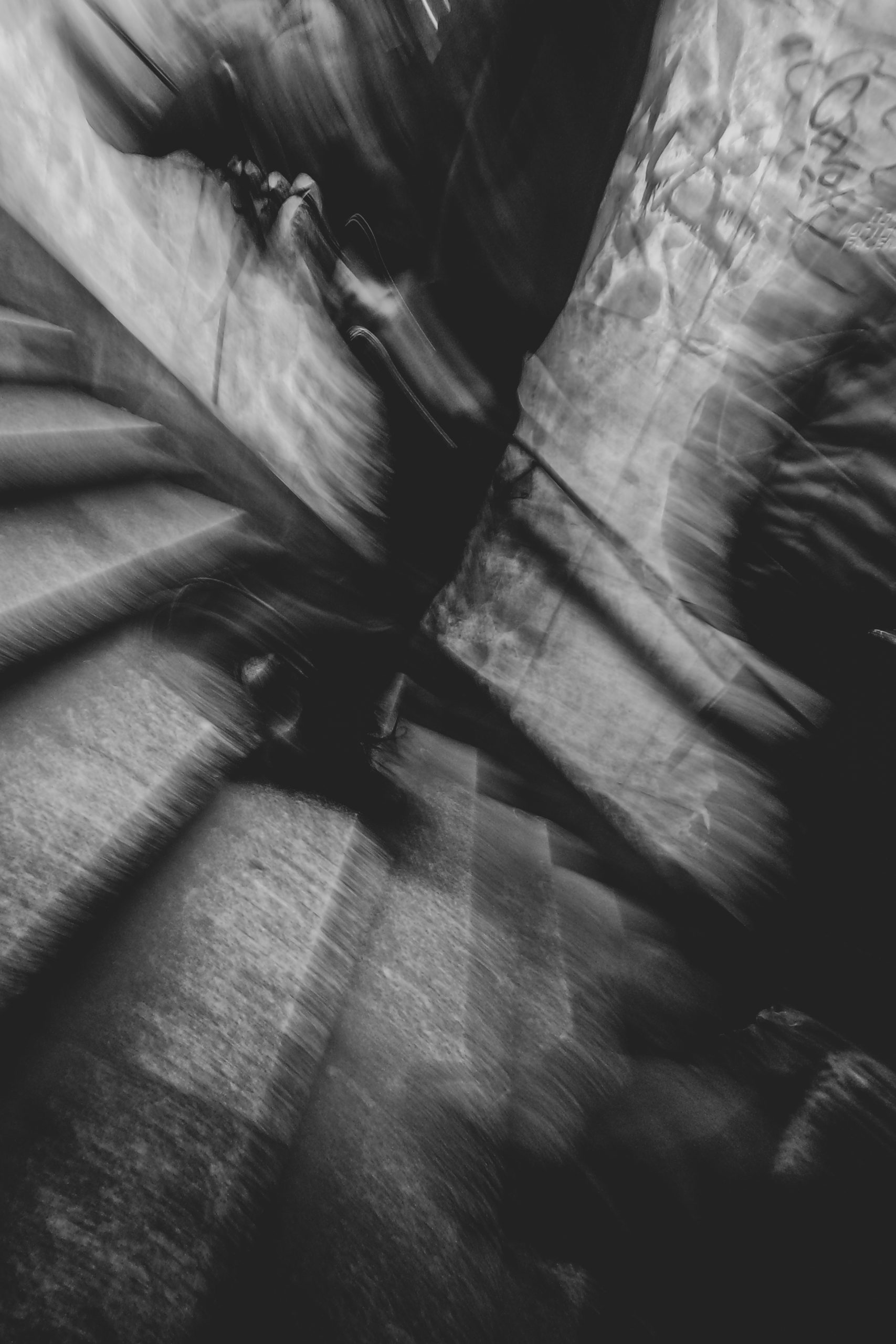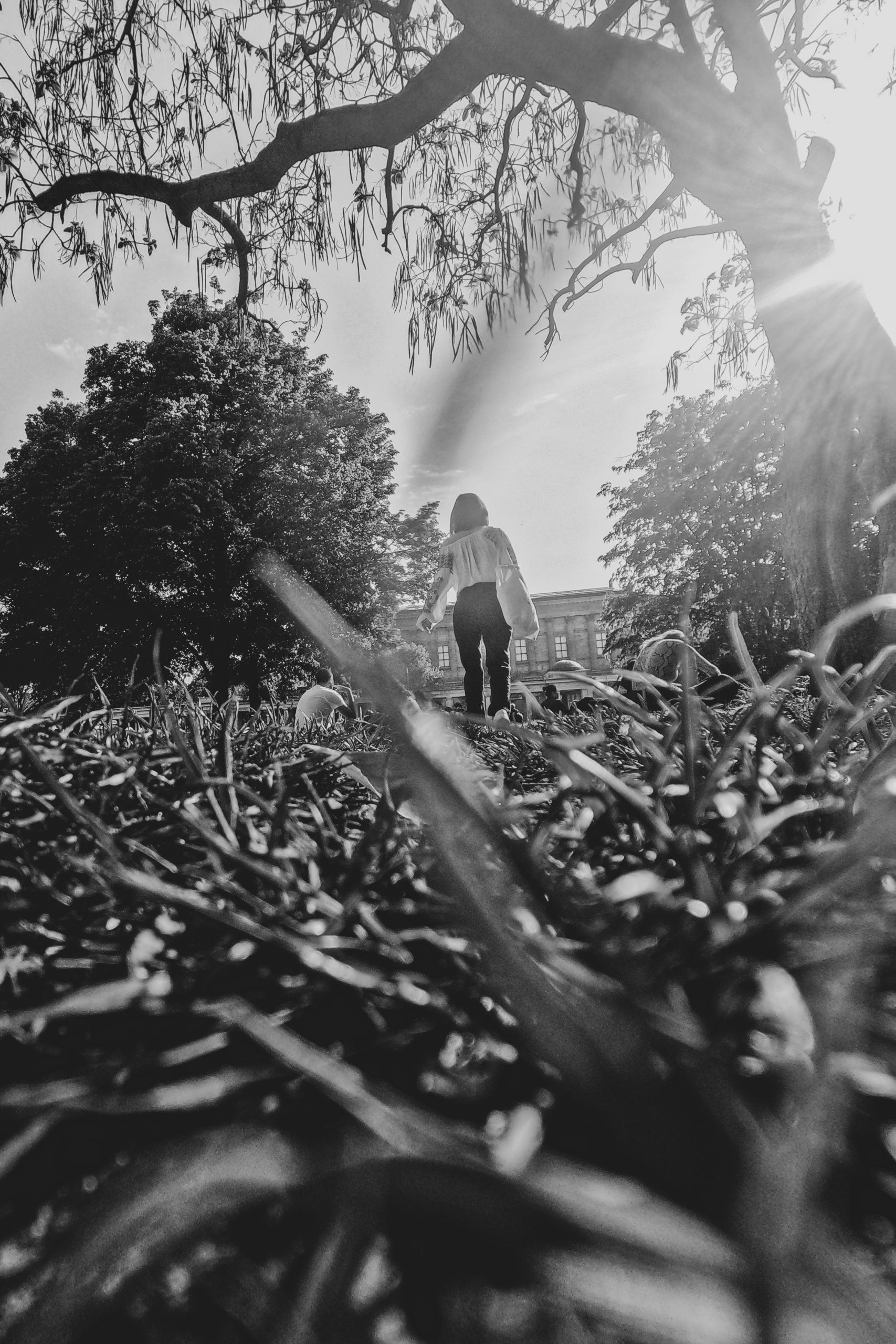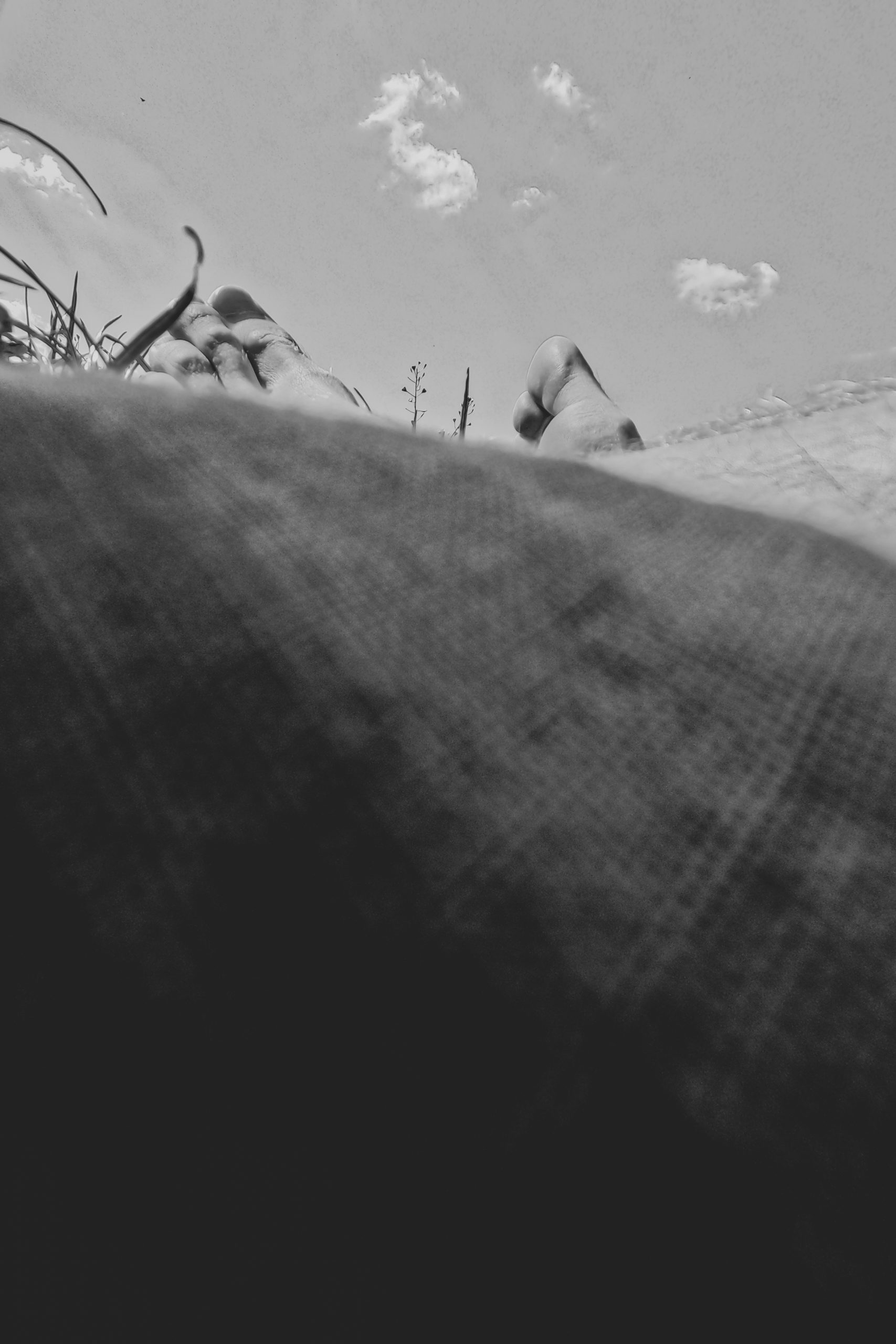A part of the project presents a black and white series taken by a timed photographic device which portrays the extent of how chance exerts its authority in the process. The element of chance is present throughout the series, in terms of seeing, making and selecting. Simultaneously, the coloured images act as juxtaposition to the black and white images both visually and thematically, leaving the audience to their own interpretations on the motif and their preference.
As the project unfolds with multiple unplanned ‘lucky shots’, the role of a photographer is constantly being questioned, and ultimately leading the photographer to reflect upon her role as a photographer in her own journey.
